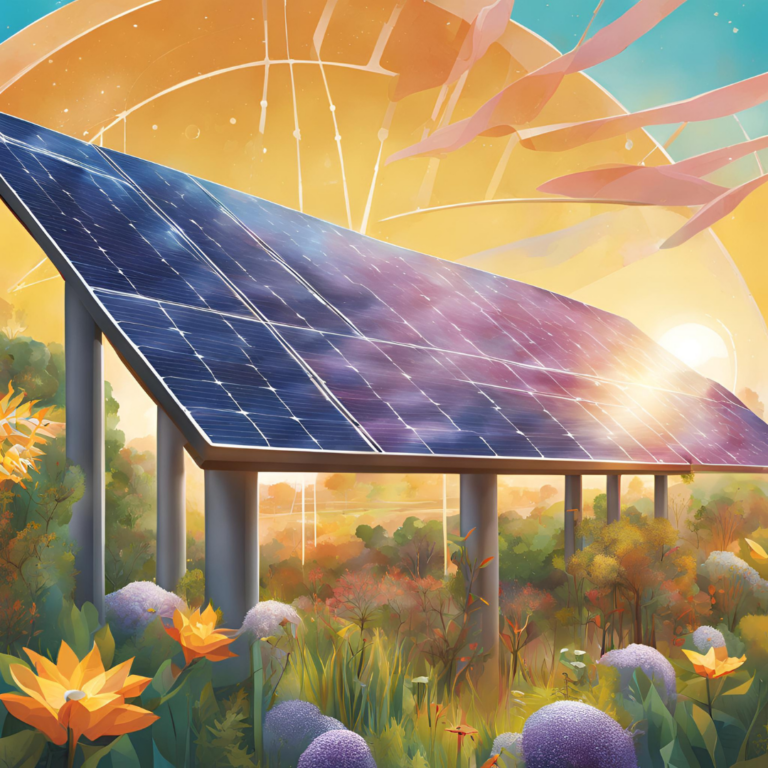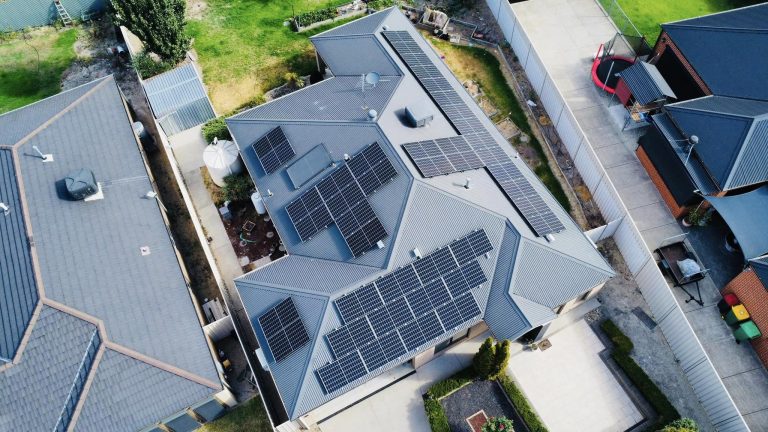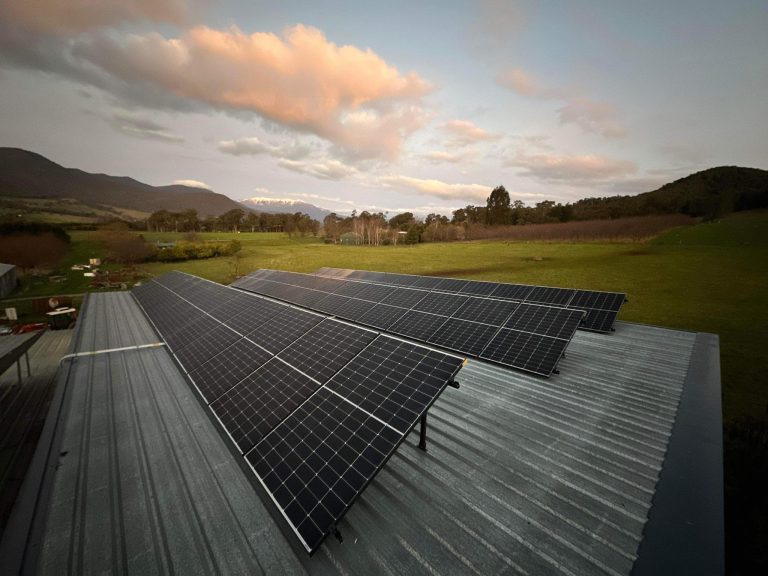Table of Contents
- Introduction: The Rise of Sustainable Energy Solutions in 2025
- Understanding Sustainable Energy Solutions in 2025
- Key Drivers of Sustainable Energy Solutions in 2025
- Australia’s Unique Role in Sustainable Energy Solutions in 2025
- Practical Implementation Strategies
- Frequently Asked Questions on Sustainable Energy Solutions in 2025
- Conclusion and Next Steps
1. Introduction: The Rise of Sustainable Energy Solutions in 2025
The world is rapidly evolving, and sustainable energy solutions in 2025 are at the forefront of this revolution. In Australia and beyond, both consumers and businesses are increasingly embracing green energy to power their futures. In this comprehensive guide, we will explore why sustainable energy solutions in 2025 matter, how they are set to transform our energy consumption, and what strategic steps individuals and companies can take to stay ahead. Therefore, whether you are a homeowner, a business leader, or an environmental advocate, this article provides valuable insights that will help you navigate the emerging landscape of renewable energy. Moreover, the analysis herein is crafted to boost your SEO strategy and enhance your online presence.
2. Understanding Sustainable Energy Solutions in 2025
Sustainable energy solutions in 2025 are not merely a trend—they represent a paradigm shift in how the world approaches energy. This section unpacks the key concepts and global trends that are driving this change.
2.1 Defining the Future of Energy
Sustainable energy solutions in 2025 are defined by their ability to provide renewable, environmentally friendly power while reducing reliance on fossil fuels. Today, the term encompasses a range of technologies including solar, wind, and geothermal energy. Furthermore, as energy storage and smart grid systems become more efficient, sustainable energy solutions in 2025 are becoming increasingly accessible and cost-effective.
For instance, solar energy systems have advanced in efficiency and affordability. In addition, wind energy installations are now harnessing wind power more effectively, thereby transforming how communities generate electricity. As a result, industries across the globe are recognizing the immense potential of sustainable energy solutions in 2025. You can read more about the foundational concepts on Wikipedia.
2.2 Global Trends Shaping Sustainable Energy Solutions in 2025 {#global-trends}
Globally, there is a noticeable shift toward sustainable energy solutions in 2025. Several factors contribute to this transition:
- Environmental Concerns: Increased awareness about climate change is compelling governments and corporations to adopt greener practices.
- Economic Incentives: Many regions are offering subsidies and incentives for renewable energy projects.
- Technological Advancements: Breakthroughs in energy storage, smart grid technology, and efficient renewable technologies are rapidly altering the energy landscape.
Moreover, international organizations like the International Energy Agency (IEA) highlight how these trends are not only changing energy production but are also influencing energy policies worldwide. Therefore, understanding these trends is crucial for adapting to the upcoming era of sustainable energy solutions in 2025.
3. Key Drivers of Sustainable Energy Solutions in 2025
Several critical factors are propelling sustainable energy solutions in 2025 to the forefront of modern energy strategies. By examining these drivers, we can better understand how and why the energy landscape is evolving.
3.1 Technological Innovations
Technological innovations are a primary force behind sustainable energy solutions in 2025. Advances in solar panel efficiency, battery storage capacity, and wind turbine design are rapidly transforming the renewable energy market. In addition, smart technologies such as the Internet of Things (IoT) enable real-time energy management, which further optimizes energy consumption.
For instance, innovations in battery technology allow for energy storage at unprecedented scales. Therefore, households and businesses can now store energy more effectively during periods of low demand and release it when needed. This revolution in energy storage is a cornerstone of sustainable energy solutions in 2025.
3.2 Government Policies and Incentives
Government policies and incentives play a significant role in promoting sustainable energy solutions in 2025. Many governments, especially in Australia, are enacting regulations that favor renewable energy sources. Moreover, initiatives such as tax credits and grants for green energy projects are boosting investments in sustainable energy solutions.
For example, various state governments in Australia have implemented schemes to subsidize solar installations. Additionally, international agreements and national energy plans are pushing for a reduction in greenhouse gas emissions. Therefore, understanding and leveraging these policies is essential for stakeholders looking to invest in sustainable energy solutions in 2025.
3.3 Economic Factors and Investment Trends
Economic factors and investment trends are intricately linked with the growth of sustainable energy solutions in 2025. The cost of renewable energy technologies has decreased significantly over the past decade. As a result, both residential and commercial sectors are increasingly turning to green energy as a cost-effective alternative to fossil fuels.
In addition, global investors are now more inclined to support renewable energy projects, given their long-term benefits and environmental impact. Therefore, the financial landscape is shifting, and sustainable energy solutions in 2025 are becoming a lucrative market. This shift is backed by data from multiple industry reports and investment forecasts, which underscore the economic viability of renewable energy ventures.
4. Australia’s Unique Role in Sustainable Energy Solutions in 2025
Australia is uniquely positioned to lead the charge in sustainable energy solutions in 2025. With abundant natural resources and a proactive governmental stance, the country is setting new standards for renewable energy adoption.
4.1 Renewable Resources and Local Opportunities
Australia is blessed with vast natural resources, including extensive sunlight and strong coastal winds, making it an ideal environment for sustainable energy solutions in 2025. Solar farms are thriving in the Outback, and wind farms dot the coastal regions. Therefore, the potential for renewable energy is immense.
Moreover, government initiatives are fostering an environment where local businesses can flourish by tapping into these renewable resources. This not only reduces the country’s reliance on imported energy but also creates new job opportunities and boosts the local economy. Therefore, individuals and companies looking to invest in sustainable energy solutions in 2025 will find Australia to be a fertile ground for growth.
4.2 Case Studies from Australian Markets
Several case studies illustrate the success of sustainable energy solutions in 2025 across Australia. For example, a mid-sized manufacturing company in Melbourne reduced its energy costs by switching to a combination of solar panels and battery storage systems. Additionally, a residential community in Queensland integrated smart grid technology with renewable energy sources, resulting in significantly lower utility bills.
Furthermore, these case studies serve as real-world evidence that sustainable energy solutions in 2025 can be both economically beneficial and environmentally friendly. For more detailed insights, you may also explore success stories on Energy.gov.au.
In addition, businesses can further optimize their performance by collaborating with experts in the field. Check out our comprehensive services at CE Solutions to learn how you can implement sustainable energy solutions tailored for your specific needs.
5. Practical Implementation Strategies
Implementing sustainable energy solutions in 2025 requires careful planning and a strategic approach. This section outlines practical strategies for integrating renewable energy into various environments.
5.1 Planning and Development
Effective planning is essential for successful implementation of sustainable energy solutions in 2025. Initially, businesses and homeowners should conduct a thorough energy audit to determine their current usage and potential areas for improvement. Moreover, hiring experienced energy consultants can provide valuable insights into the most cost-effective and efficient renewable energy systems.
For instance, detailed feasibility studies can help identify the best renewable energy mix for a particular location. Additionally, simulation tools and predictive models allow stakeholders to forecast energy savings and environmental impact. Therefore, planning plays a pivotal role in the successful execution of sustainable energy solutions in 2025.
5.2 Maintenance and Future-proofing
Once implemented, maintaining sustainable energy solutions in 2025 is equally critical. Regular maintenance checks, system updates, and performance monitoring are key to ensuring long-term efficiency. In addition, technological upgrades should be integrated as soon as they become available to future-proof installations.
Furthermore, leveraging smart monitoring systems can alert users to potential issues before they escalate, thereby minimizing downtime and reducing maintenance costs. Consequently, adopting a proactive maintenance approach not only extends the lifespan of renewable systems but also reinforces the overall value of sustainable energy solutions in 2025.
6. Frequently Asked Questions on Sustainable Energy Solutions in 2025
Below are five frequently asked questions (FAQs) that address common concerns about sustainable energy solutions in 2025:
FAQ 1: What exactly are sustainable energy solutions in 2025?
Answer:
Sustainable energy solutions in 2025 refer to renewable and environmentally friendly energy systems that reduce dependence on fossil fuels. They include technologies such as solar, wind, geothermal, and battery storage, all designed to meet growing energy demands while minimizing environmental impact.
FAQ 2: How can businesses in Australia benefit from sustainable energy solutions in 2025?
Answer:
Businesses can benefit significantly by reducing energy costs, enhancing brand reputation, and qualifying for government incentives. In addition, by investing in sustainable energy solutions in 2025, companies can future-proof their operations and contribute to a greener economy.
FAQ 3: Are there government incentives for adopting sustainable energy solutions in 2025?
Answer:
Yes, many governments, particularly in Australia, offer tax credits, rebates, and grants to support renewable energy projects. Therefore, taking advantage of these incentives can significantly reduce the initial investment costs of sustainable energy solutions in 2025.
FAQ 4: What role do technological innovations play in sustainable energy solutions in 2025?
Answer:
Technological innovations such as improved solar panel efficiency, advanced battery storage, and smart grid systems are key drivers. They enable more reliable and cost-effective sustainable energy solutions in 2025, thus facilitating a seamless transition from traditional energy sources.
FAQ 5: How can I learn more about implementing sustainable energy solutions in 2025?
Answer:
To learn more, you can explore industry reports, government publications, and expert blogs. Additionally, consider reaching out to professionals in the field. For instance, you can visit CE Solutions for tailored advice and comprehensive solutions on sustainable energy solutions in 2025.
7. Conclusion and Next Steps
In conclusion, sustainable energy solutions in 2025 represent a transformative opportunity for individuals, businesses, and entire nations—especially in Australia. As we have seen throughout this guide, a combination of technological innovation, supportive government policies, and strong economic incentives is driving this shift. Therefore, now is the time to embrace these solutions to achieve long-term energy security and environmental sustainability.
Moreover, by following the practical implementation strategies discussed herein, stakeholders can effectively integrate renewable energy systems that reduce costs, protect the environment, and foster innovation. In addition, these strategies ensure that sustainable energy solutions in 2025 remain adaptable and resilient in a rapidly evolving energy landscape.
Before you take the next step, consider conducting a detailed energy audit and consulting with renewable energy experts to assess the best options for your situation. Whether you are planning to upgrade your residential system or revamp a commercial facility, remember that every small step contributes to a broader, greener future.
We invite you to explore further resources and insights on sustainable energy by visiting our website at CE Solutions. Ultimately, the journey towards a cleaner, more sustainable energy future begins with informed choices and proactive action. Therefore, start planning today, and be a part of the revolution in sustainable energy solutions in 2025.



